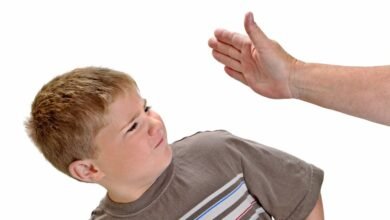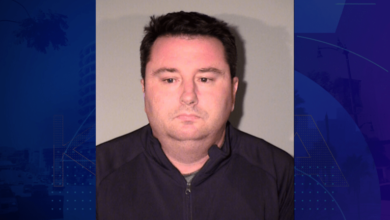Bauchi Police Arrest Almajiri Teacher for Assaulting 11-Year-Old Pupil
Physical Abuse

Introduction
When the 11-year-old affected child was tied with a rope, beaten with sticks, and whipped with cables by his Almajiri teacher in Bauchi State, it wasn’t just an isolated act of cruelty; it was a reminder of the deep cracks in Nigeria’s child protection system.
In a country where thousands of children are sent away from home to study under the Almajiri system, the affected child’s ordeal forces us to confront a pressing question: Who protects the children society entrusts to teachers when those very teachers become their tormentors?
The Shocking Incident
According to the Bauchi State Police Command, the boy’s teacher, 28-year-old Lawal Nasiru of Unguwar Jarmai in Darazo LGA, tied the child with a heavy rope and flogged him with a stick and thick cable, leaving him with visible injuries.
The assault came to light when Idris Mohammed, a community member, reported the case to the police after seeing the battered boy.
Nasiru admitted to the act, claiming he tied the boy to stop him from fleeing school. This explanation, however, only highlights how normalized abuse has become in some educational settings, where children’s freedom, dignity, and safety are treated as expendable.
Discipline or Damage?
Violence under the guise of discipline doesn’t build stronger pupils; it leaves scars. For an 11-year-old boy, the potential impacts include:
- Psychological trauma: fear, anxiety, and mistrust of adults.
- Distorted sense of justice: associating learning with violence rather than growth.
- Physical harm: injuries that may impair health and mobility.
- Interrupted education: Instead of encouraging focus, such treatment pushes children away from school altogether.
Systems That Failed The Child
This incident points to systemic neglect in most schools. The failures include:
- Weak enforcement of the Child Rights Law
- Lack of monitoring of schools, leaving thousands of children unprotected.
- Cultural acceptance of corporal punishment, where brutality is mistaken for discipline.
- Limited child protection in schools
The Police Response: A Ray of Hope
The swift arrest of Nasiru shows that justice is possible when communities refuse to stay silent. The Commissioner of Police has ordered a deeper investigation, and authorities have promised prosecution. But beyond the courtroom, the question remains: Will this lead to structural reforms, or will the story fade into yet another forgotten tragedy?
What Must Change
For true child protection, reactions are not enough. Steps needed include:
- Enforce the Child Rights Law in all northern states.
- Ban corporal punishment outright in both formal and informal schools.
- Create community-based watchdogs to monitor child safety in schools.
- Engage religious and traditional leaders as allies in ending child cruelty disguised as “discipline.”
Conclusion
This incident must not be dismissed as just another news story. It should force us to act.
- Communities must break the silence around abuse.
- Policymakers must regulate all schools.
- Teachers must be trained, monitored, and held accountable.
A rope tied around one child today could be a chain binding generations tomorrow, unless we decide, collectively, to protect children from such abuse today.





